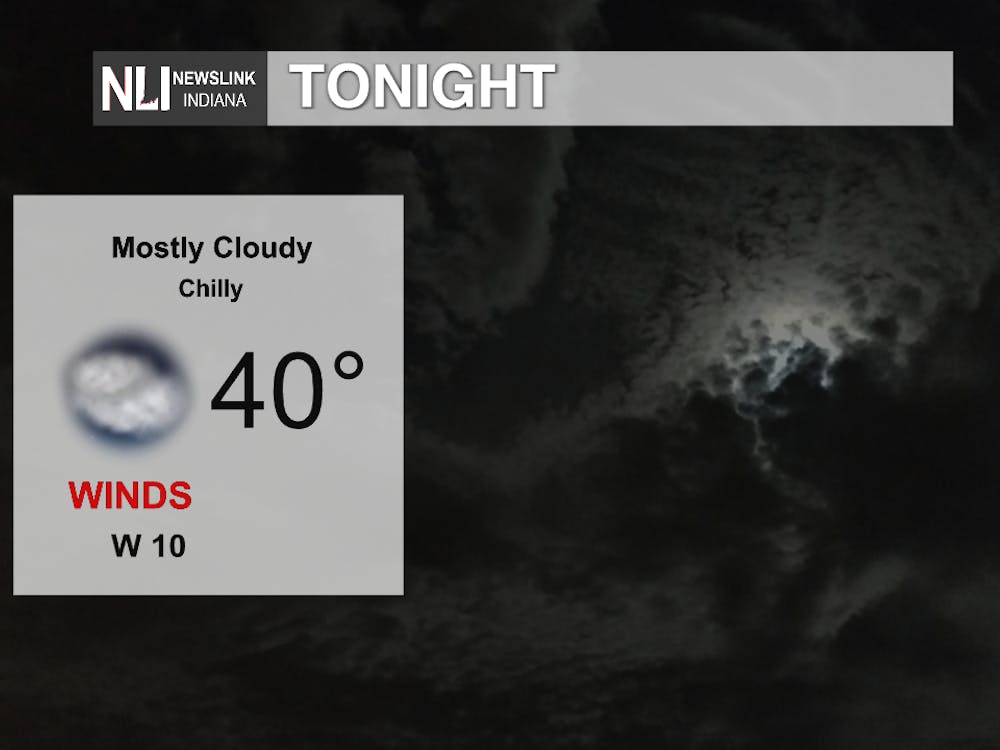Active shooter on Ball State’s campus
Ball State has an active shooter portion in its emergency preparedness plan. Here are some points from this guide, which can be found on the Ball State website.
Shooter outside or inside your building:
- Lock or secure the room and turn off the lights
- Do not leave the room until the all-clear
- Call 911 or 765-285-1111 to tell dispatch about the situation
Shooter inside your classroom:
- Remain calm and try to hide
- Call 911 or 765-285-1111 to tell dispatch about the situation
- If you cannot speak, leave the phone on for dispatch to hear
- Do not try to overpower a shooter unless it is the last resort
- If the shooter leaves, find a safer place
Fleeing during an active shooter situation:
- Think about your plan and escape route before moving
- Keep your hands free and visible
- Listen to police officers
- Do not try to move wounded people and notify authorities of their position
- Move quickly
SOURCE: Ball State Emergency Preparedness
An Indiana State Police program that has trained more than 70 schools, churches and businesses how to respond in an active shooter situation looks to assist the state’s colleges and universities, the program’s director said.
“We [in the threat assessment program] would be glad to go to a university,” Richard Hogue said.
The General Assembly approved the $10 million Safe School/Active Shooter Program two years ago with the support of state police superintendent Doug Carter, a former Hamilton County sheriff.
Hogue runs the training, which includes an active shooter drill demonstrated by state police officers.
He began the presentations last summer, hoping to teach educators and others how to respond quickly in a situation where an armed assailant is on the property.
A key part of the training is understanding that most active shooter situations last three to five minutes. Every second counts when teachers and others are sizing up a situation.
“The threat assessment program is designed to prolong teacher and student safety until law enforcement can arrive,” Hogue said.
Schools and other organizations can request the training, but he said no colleges or universities have asked for the help.
Higher education in Indiana hasn’t been immune from incidents, though.
On Nov. 15, Ball State had a report of an armed person at the Student Recreation and Wellness Center, leading to a partial lockdown, but authorities found no weapon or armed person.
At Purdue University, a student shot and killed another student in a classroom. Cody Cousins, who was arrested for killing Andrew Boldt, did not injure anyone else before turning himself into police.
Hogue emphasized that Safe School/Active Shooter doesn’t set procedures for the groups. Schools need to do that once officials have seen what the dangers and possible responses are from the presentations.
“After our instruction and demonstration, groups understand how to set up active shooter protocols,” Hogue said.
Jerry Minger, director of public safety at Indiana University, said a large campus like IU’s presents challenges not faced by local schools and churches.
“If an emergency were to happen on our Bloomington campus, we would have to notify a community the size of a small town,” Minger said. “Imagine trying to lock down your hometown.”
Gene Burton, Ball State’s director of public safety, said University Police Department officers are trained in how to respond in an active shooter situation. Burton said the school’s preparations aren’t limited to its police only.
“We train faculty, staff and students in responses to all hazards, including active shooters,” he said.
Some students, including sophomore Jenna Spadafora, aren’t sure they’re ready.
“I don’t know what the university expects of me if a situation like that occurred,” she said. “I would just have to follow my instincts.”
Joe Newport, chief of police at Indiana State University, trains his staff each semester.
“We incorporate our emergency notification system with an active shooter presentation,” Newport said. “We share this with all new employees, students and staff and faculty groups.”
Minger said IU’s department is one of the largest police forces in the state and has its own threat assessment program that emphasizes a “run, hide, fight” mindset.
“You have three options in one of these situations,” the 41-year veteran of law enforcement said. “Your best option might be to run from the situation, hide during the situation or put up a fight with the shooter.”




